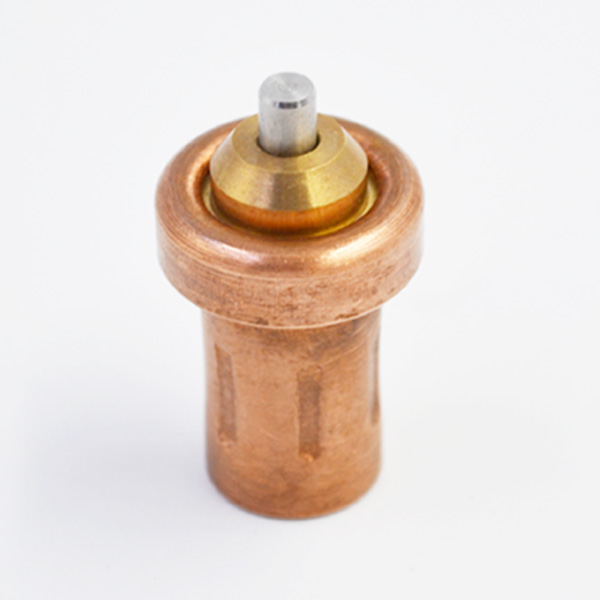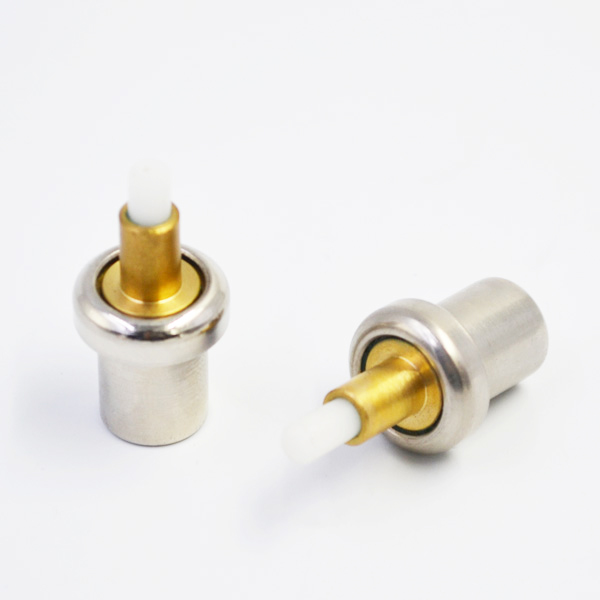The control problem of asynchronous motor is very important. It is controlled by an auto disturbance rejection controller, and the parameters of asynchronous motor are adjusted. The parameters are studied through experiments. This kind of simulation experiment should basically study the asynchronous motor and carry out simulation experiments through specific schemes, which can be effective. The stability of the closed-loop system can be guaranteed by adjusting the ADRC controller and parameters.

In this paper, the ADRC and parameter tuning of asynchronous motor are analyzed to make contributions to the relevant Yaniu. The auto-disturbance rejection controller and parameter tuning of asynchronous motor are very important in the research of asynchronous motor. We need to cooperate constantly. This technology is applied to the specific research.
The auto-disturbance rejection controller has inherited the advantages of the traditional control technology, and the existing problems are analyzed concretely. There has been a great progress, but the ADRC still needs to be improved constantly, so that ADRC can make continuous progress in the use of asynchronous motors, and pay attention to parameter tuning, so as to ensure the smooth development of the work of asynchronous motors. The structure of ADRC is very complex. This structure has been obtained through specific research, which can promote the development and progress of asynchronous motor. ADRC is mainly composed of tracking-differentiator, error non-linearity violation rule and extended state observer. Although it is only composed of three parts, it needs to be considered comprehensively in the research. This paper takes the second-order controlled object as an example to do a basic research. This process needs to be considered comprehensively. The importance and complexity of ADRC can be reflected by combining the control object with the specific asynchronous motor. Multiple calculations are needed when the research is carried out, so that the control work can be done well.

Tracking-differentiator is very important in ADRC. If this problem is not solved in time, it will affect the asynchronous motor and the whole economy. Tracking-differentiator is a transitional process in which parameters are input. In this process, signals can be input accurately and differential signals can be obtained.
In addition, the extended state observer (ESO) is used to estimate the variables of the whole state. This variable estimation is also a disturbance estimation. Through the analysis of these variables, we can get the relevant errors, especially the state errors. Only by adjusting the state errors properly, can we reduce the influence of self-jamming in ESO estimation. It is necessary to form a basic research on the control force by constituting a control quantity and to carry out automatic detection system by compensating. Compensation and interference, compensation is very important in the use of self-jamming controller. To apply the compensation component reasonably, there is no need to distinguish the interference. The direct detection link needs to carry out basic research. If the direct detection method is used, the function of compensation component should be brought into full play to resist interference. Ability research, based on the compensation component, this new type of controller is called auto disturbance rejection controller (ADRC). The control law is very important in the whole ADRC. It specifically analyses the errors in the use of the above two parts. Especially in terms of errors, it is necessary to reduce the errors to a limit, so that the errors can be minimized, and the errors can be processed by using non-linear feedback. To compensate the unknown force, a kind of compensation quantity is formed. Under the action of compensation quantity, the unknown force can be estimated, the error can be minimized, and the influence of other forces on the control law can be avoided in the process of using ADRC of asynchronous motor. Therefore, it is necessary to pay attention to ESO. The compensating amount is reasonably controlled and becomes a non-linear control law. Parameter tuning is very important in the control of rotor flux system of asynchronous motor.
If this technology is not well controlled, it will have adverse effects on the normal operation of the whole rotor flux system. The parameters of the self-jammer are very important in the process of using. It can be said that it plays a decisive role. The selection of parameters can not be changed at will. It needs to control the parameters within a reasonable range. It needs to pay enough attention to the setting of parameters. Otherwise, there will be stability problems in the ADRC. It is very disadvantageous in use. Tracking-differentiator parameter tuning plays an important role in parameter tuning. Compared with other parameter tuning, this parameter tuning is relatively simple and does not need to be dealt with by other links. The other links are dealt with effectively. The basic tuning can be done by using the transition process of ADRC. In this way, the stability of basic parameter r can be guaranteed, and the transition process has a close relationship with the parameters. In order to accurately grasp the parameters, it is necessary to control R well and ensure the accurate use of control parameters.
The larger r, the shorter the transition process, and vice versa, the longer the asynchronous motor will be in use, so that it will not appear in the process of using asynchronous motor. Any problem. The parameters of the controller are mainly the disturbance estimation of ESO. When estimating the disturbance, it needs to be judged according to the disturbance situation. If the disturbance situation is not intense, then the precise compensation method can be used. Therefore, the basic assumption can be made that the disturbance is zero, so the parameters of the controller can be studied and the parameters of the controller can be obtained. The initial setting of the values is beta 1 and beta 2, respectively. When setting the parameters, the basic operation and analysis should be carried out according to the relevant principles, thermostatic element but it must be noted that the perturbation is 0. In order to obtain better control performance, further adjustments should be made according to specific objects. Of course, in the case of large disturbance amplitude and drastic change, the extended state observer can not completely achieve accurate compensation, and further tuning of beta 1 and beta 2 is needed. The speed system and the q-axis stator current system are first-order systems.
Generally speaking, for the first-order system, when the disturbance is zero, the product of controller parameter beta 1 and B0 is approximately 10, and other parameters are the same as the second-order system. The parameter setting is relatively simple. Because the extended state observer estimates the perturbation accurately, the closed-loop system achieves fast and stable tracking performance. ADRC has good adaptability and robustness to large and severe disturbances, and its non-linear structure achieves better control performance in the control of non-linear systems. The parameter tuning principle of ADRC proposed in this paper can be used to design the controller quickly and effectively for the control performance.
